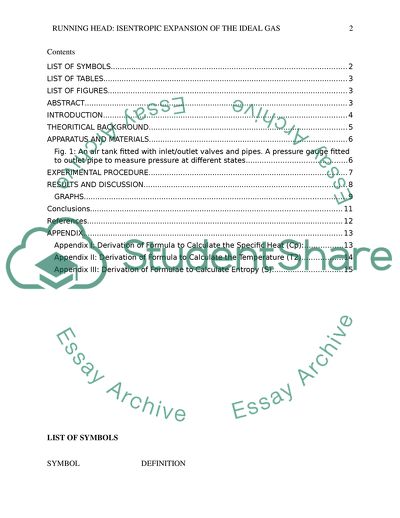Cite this document
(Isentropic Expansion of Ideal Gas Coursework Example | Topics and Well Written Essays - 1750 words - 1, n.d.)
Isentropic Expansion of Ideal Gas Coursework Example | Topics and Well Written Essays - 1750 words - 1. https://studentshare.org/engineering-and-construction/1872559-isenteropic-expansion-of-ideal-gas
Isentropic Expansion of Ideal Gas Coursework Example | Topics and Well Written Essays - 1750 words - 1. https://studentshare.org/engineering-and-construction/1872559-isenteropic-expansion-of-ideal-gas
(Isentropic Expansion of Ideal Gas Coursework Example | Topics and Well Written Essays - 1750 Words - 1)
Isentropic Expansion of Ideal Gas Coursework Example | Topics and Well Written Essays - 1750 Words - 1. https://studentshare.org/engineering-and-construction/1872559-isenteropic-expansion-of-ideal-gas.
Isentropic Expansion of Ideal Gas Coursework Example | Topics and Well Written Essays - 1750 Words - 1. https://studentshare.org/engineering-and-construction/1872559-isenteropic-expansion-of-ideal-gas.
“Isentropic Expansion of Ideal Gas Coursework Example | Topics and Well Written Essays - 1750 Words - 1”. https://studentshare.org/engineering-and-construction/1872559-isenteropic-expansion-of-ideal-gas.


